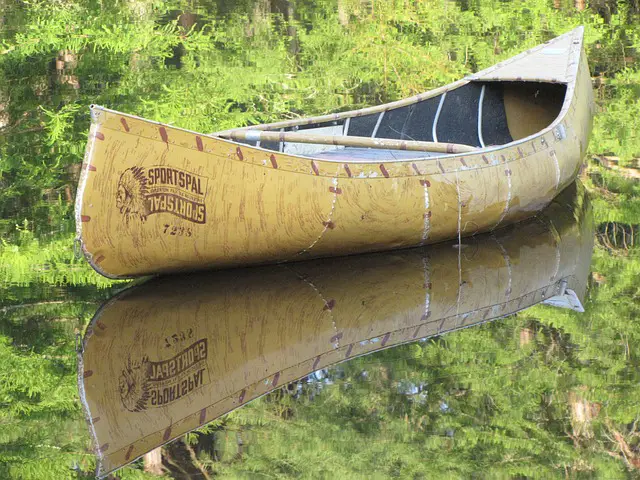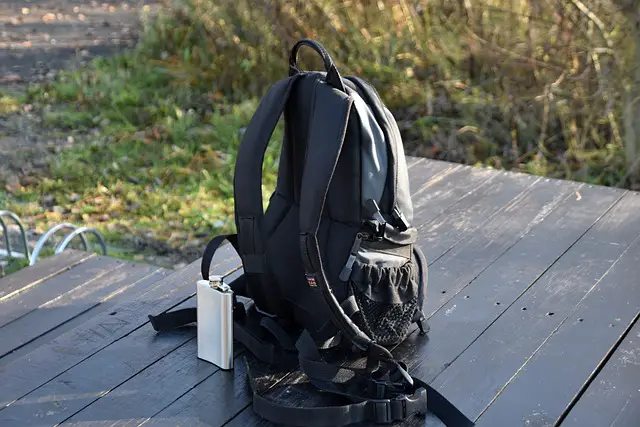For outdoor enthusiasts, canoeing presents an opportunity to meld the thrill of exploration with the serenity of nature. Amid the wide roster of water sports available today, two-person canoeing has recently surged in popularity, promising a rewarding recreational activity that depends on teamwork and cooperation.
Why Choose Two-Person Canoeing?
Canoeing with a partner not only shares the physical effort but also enhances the overall experience with shared views, laughter, coordination, and problem-solving. But what makes it worth trying? What benefits does this unique bonding activity offer?
Enhanced Teamwork and Communication
In two-person canoeing, synchronization is the key. To navigate the canoe properly, both partners must communicate effectively and coordinate their paddling. It’s an excellent exercise in cooperation and understanding, strengthening relationships between friends, family, and couples.
Increased Strength and Endurance
Physically, canoeing provides an effective whole-body workout. Your legs stabilize your position while your arms, shoulders, and back get an intense workout from paddling. Sharing the canoe with a partner means you can paddle longer distances and increase your endurance.
Chance to Connect with Nature
While the team-building and physical benefits are significant, the real charm of two-person canoeing lies in the immersion in nature. Floating on tranquil waters, surrounded by picturesque landscapes, and the chance to see local wildlife up close can be a deeply restorative experience.
How to Get Started with Two-Person Canoeing?
Excited to embark on your two-person canoeing adventure? Here’s a step-by-step guide to get you started.
Step 1: Choose the Right Equipment
Safety should be your first priority. Ensure that both you and your partner have suitable personal flotation devices (life jackets) and high-quality paddles. Size, weight and design of the canoe should also be considered. A two-person canoe is typically between 16 to 18 feet long, with enough room to comfortably accommodate both paddlers and any gear you might want to bring along.
Step 2: Learn Basic Techniques
Canoeing requires certain techniques for effective navigation. The stern (rear) paddler generally steers the canoe, while the bow (front) paddler focuses on forward propulsion. Both paddlers need to work in unison for the canoe to glide efficiently.
Step 3: Practice Safety Measures
It’s crucial to know how to react in case of emergencies, like capsizing. Understand the procedures to re-enter the canoe, and always keep a safety whistle and a throw rope in the canoe for emergencies.
Common Mistakes to Avoid in Two-Person Canoeing
When canoeing with a partner, certain common mistakes can hamper the experience. By being aware of these pitfalls, you can ensure a smooth and enjoyable journey.
Mistake 1: Lack of Communication
Effective and clear communication is crucial in two-person canoeing. Miscommunication can lead to unbalanced paddling, causing the canoe to drift off course.
Mistake 2: Ignoring Weather Conditions
Check the weather forecast before heading out. Strong winds and sudden storms can make canoeing challenging and dangerous.
Mistake 3: Overpacking
While it’s essential to carry necessary safety equipment, avoid overpacking. Too much weight can make the canoe hard to steer and increase the risk of capsizing.
To sum up, two-person canoeing is a fun, rewarding, and effective way to improve your physical fitness, enhance communication skills, and connect with nature. Like any sport, it requires practice and patience, but the shared adventure and memories are certainly worth the effort. So grab a paddle, find a willing partner, and embark on the exciting journey of two-person canoeing!




